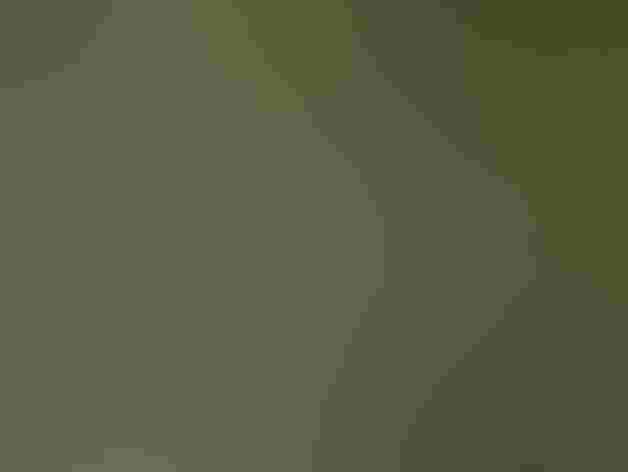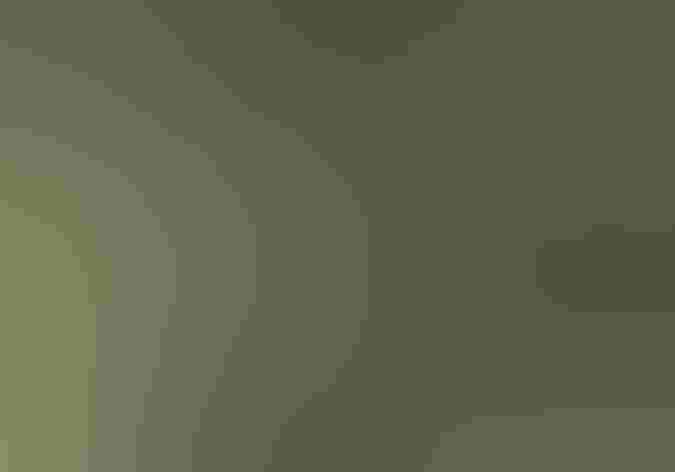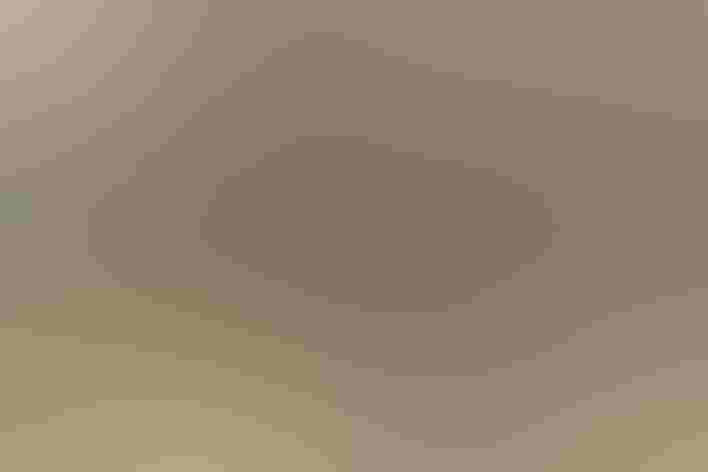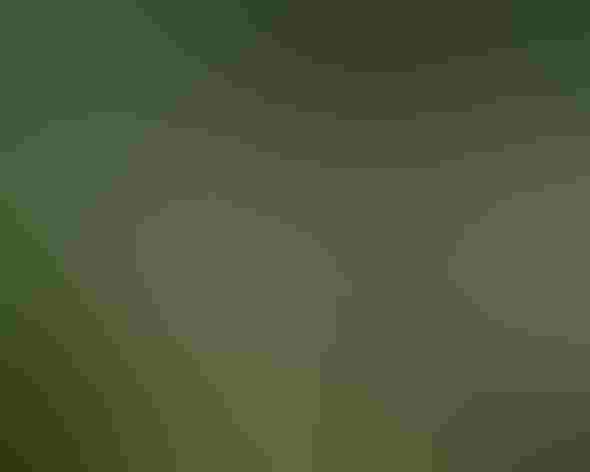Yellow-bellied Flycatcher
At a Glance
While some of its relatives are often found in sunny open places, the Yellow-bellied Flycatcher is a bird of deep shade. It spends the summer in spruce bogs and other damp northern forests, where it places its nest on the ground in sphagnum moss or among tree roots. Although the Yellow-bellied is not as hard to identify in spring as some small flycatchers, birders may miss it because it moves north late, after most of the spring migrants have passed.
All bird guide text and rangemaps adapted from by Kenn Kaufman© 1996, used by permission of Houghton Mifflin Harcourt Publishing Company. All rights reserved.
Category
Perching Birds, Tyrant Flycatchers
IUCN Status
Least Concern
Habitat
Forests and Woodlands, Freshwater Wetlands, Shrublands, Savannas, and Thickets
Region
Eastern Canada, Florida, Great Lakes, Mid Atlantic, New England, Plains, Southeast, Texas, Western Canada
Behavior
Flitter, Hovering
Population
13.000.000
Range & Identification
Migration & Range Maps
Spring migration is notably late, with most northbound migrants passing through in mid to late May. Almost all migration is through the east, even for birds nesting in far western Canada.
Description
5 1/2" (14 cm). Very small. All Empidonax flycatchers show some yellow on belly; this one also has a yellow wash on the throat. Back tinged green; wing-bars contrasty. In west, compare to Pacific-slope and Cordilleran Flycatchers.
Size
About the size of a Sparrow
Color
Black, Brown, Gray, Green, Yellow
Wing Shape
Rounded
Tail Shape
Notched, Square-tipped
Songs and Calls
On breeding grounds, a flat chilk or killic; also a rising 2-note whistle, per-wee?
Call Pattern
Falling, Rising
Call Type
Buzz, Chirp/Chip, Hi, Whistle
Habitat
Woods; in summer, boreal forests, muskegs, bogs. Breeds in wet northern forest, especially in spruce bogs with ground cover of sphagnum moss, also in tamarack-white cedar swamps, and in willow-alder thickets along streams in dense coniferous forest. In winter, lives in undergrowth of tropical forest.
Sign up for ÃÛèÖAPP's newsletter to learn more about birds like the Yellow-bellied Flycatcher
Behavior
Eggs
3-4, sometimes 5. White, lightly spotted with brown. Incubation is by female only, 12-14 days.
Young
Both parents bring food for nestlings. Age of young at first flight about 13-14 days. Probably only 1 brood per year.
Feeding Behavior
Forages by watching from a perch, usually at low to mid levels in the forest, and then flying out to catch insects in the air. Also takes some food (such as caterpillars and spiders) from foliage or twigs while hovering. May sometimes take some insects while perched.
Diet
Mostly insects. Feeds on a variety of small insects, both flying types and those taken from foliage, including many ants and small wasps, also flies, beetles, true bugs, caterpillars, moths, and others. Also eats many spiders, and eats small numbers of berries and sometimes seeds.
Nesting
Male defends nesting territory by singing, often from an exposed perch. Adults tend to be quiet and inconspicuous around the nest. Nest site is usually in dense sphagnum moss on or just above the ground in boggy places; sometimes placed among the upturned roots of a fallen tree, or in other sheltered low spot. Generally well hidden within mosses with only a small entrance showing, and very difficult to find. Nest is bulky cup of mosses, mixed with weeds and rootlets, lined with grass, sedges, and many fine rootlets.
Conservation
Conservation Status
Could be vulnerable to loss of habitat, especially on wintering grounds. Currently numbers appear to be stable.
Climate Threats Facing the Yellow-bellied Flycatcher
Choose a temperature scenario below to see which threats will affect this species as warming increases. The same ÃÛèÖAPP change-driven threats that put birds at risk will affect other wildlife and people, too.





